Campaign finance is always a hot source of debate, especially near an election. The American political system now produces $1 billion campaigns. Campaign finance laws in the U.S. have relaxed considerably in recent history, allowing unlimited contributions to PACs and Super PACs who act in direct support of particular candidates but are not controlled by the official campaign. (For a better understanding of our own campaign finance rules, see some of our previous blogs about soft money and FEC restrictions.) Other countries handle campaign contributions very differently. Some ban them outright. Others have even fewer restrictions. In today’s blog, we’ll turn our attention to Canada and see what Canadian campaign finance is all “aboot. “
Canadian elections do not remotely approach the vast spending done by their continental counterparts. One major reason is the lack of “soft money,” a limitless source of funds for “issue ads” paid for by political committees and funded largely by corporations and wealthy individuals. The Canadian electoral system does not allow donations by corporations or trade unions. That’s worth repeating. Only contributions from individuals are allowed in Canadian elections, and even then there are rules. Individual political contributions in Canada are given a yearly cap of $1,550 for parties and another $1,550 for candidates and electoral district associations.
Very much unlike the U.S., individual political contributions in Canada are subsidized heavily by the government at a rate up to 75% for donations up to $400, falling to a maximum subsidy of $650. In another twist from American policy, media time in Canada is allocated to candidates, and third-party spending on political advertising is limited by electoral district. The result is an election process that adds up to a cost in 2015 of $443 million, a tremendous gain over the previous election but drastically under budget according to U.S. campaign standards.
Like most campaign finance laws, those in Canada are always in flux. Loopholes open and close all the time. Every year, the contribution limit is raised by $25. The general trend in Canada, as in the U.S., however, is a significant increase season to season in total spending. The 2015 Canadian election season cost 53% more than the previous, and this trend is likely to continue in Canada, in the U.S., and most everywhere else on the planet.
Stay up to date on the latest advances in online political fundraising around the globe with Raise The Money. Join us in our next blog when we take a closer look at campaign financing in the southern hemisphere and focus on Australia.
